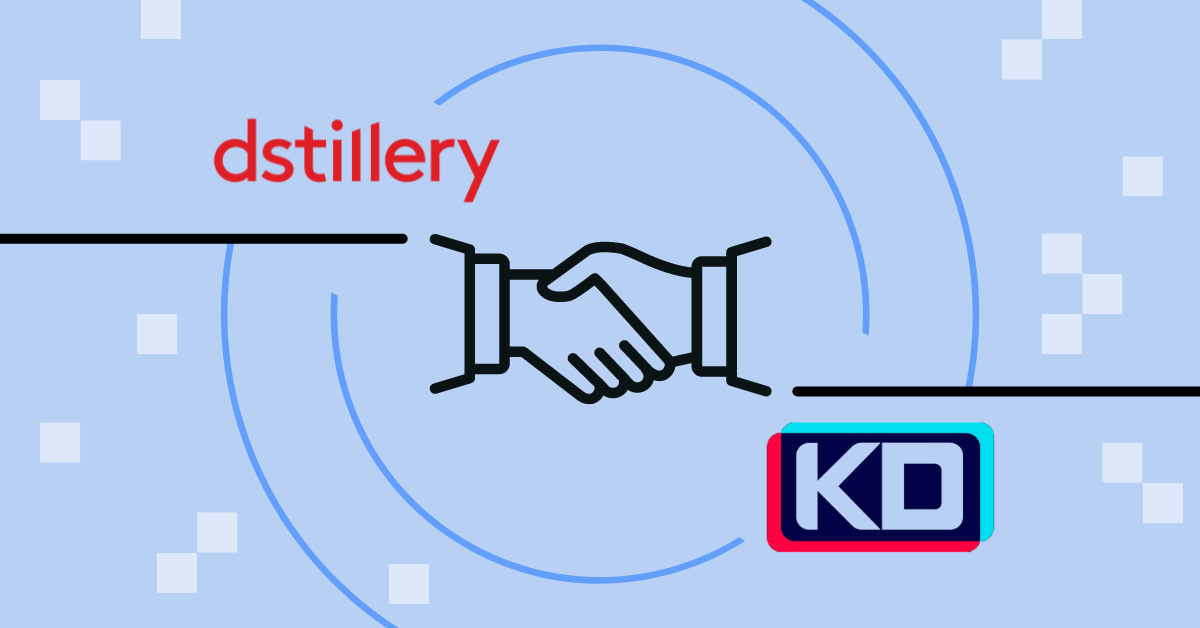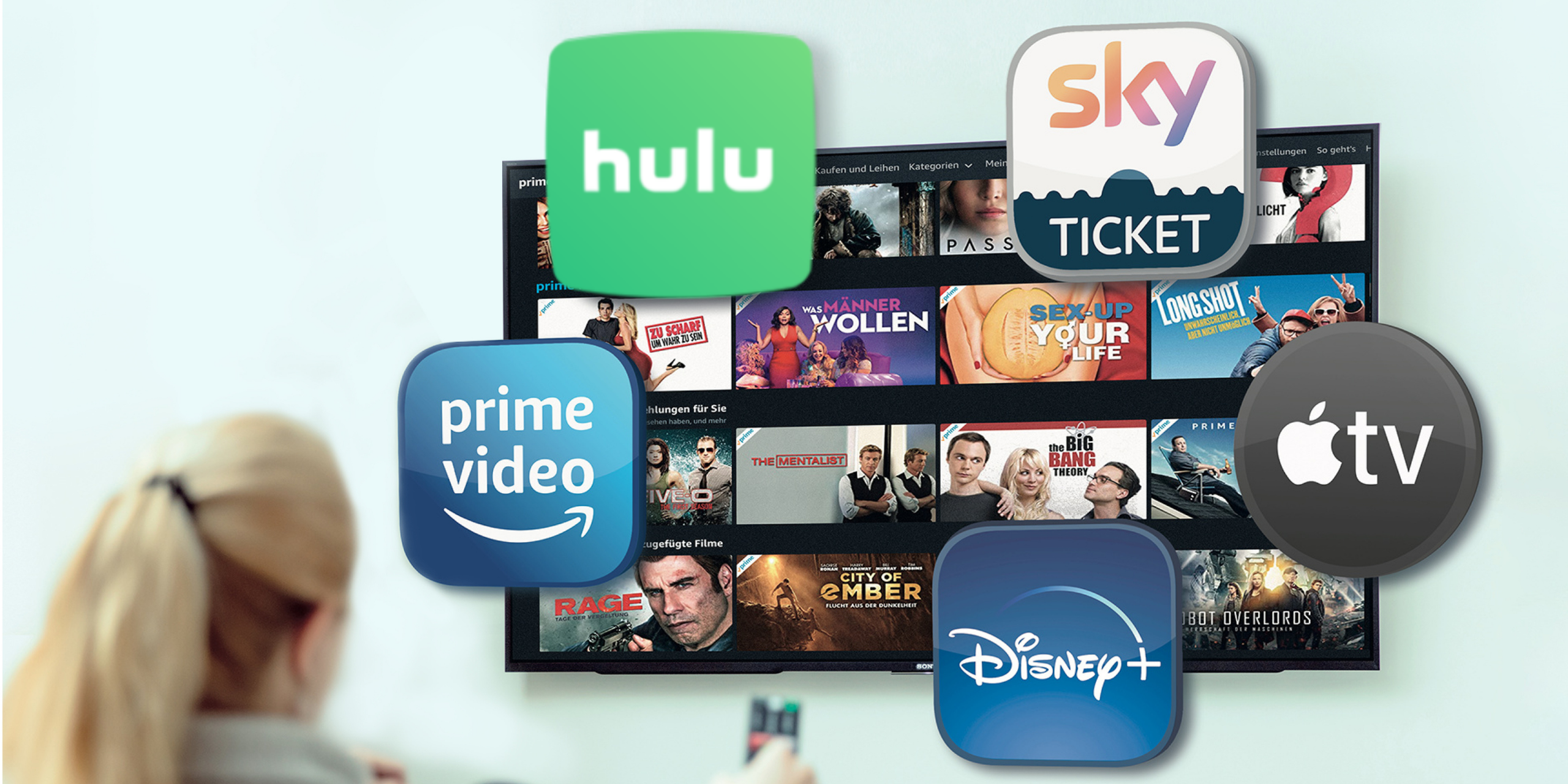CTV Acronym Advertising
Connected TV advertising is gaining the attention of many marketers because of its higher growth among viewers. CTV acronym advertising is rising at a very high pace but still, there is much confusion about this topic.
Most people confuse connected TV advertising with OTT advertising, which is completely wrong.
OTT advertising is a vaster term than connected TV advertising because it consists of CTV advertising with advertising over screens other than TV, like laptops, smartphones, etc.
CTV Acronym Advertising
There are many three-letter acronyms when we talk about the marketing industry and sometimes it is quite confusing. Connected TV advertising is a new term for many marketers. But still, advertisers want to learn more and more about connected TV advertising because it is a rapidly growing platform.
What is CTV? CTV is abbreviated “connected TV” which comprises devices like Roku or TV sticks.
As the audience is changing to entertainment options other than traditional TVs, advertisers are changing their advertising platforms as well.
What Is Connected TV and Connected TV Devices?
Connected TV devices are not only restricted to traditional TVs that can be connected to the Internet but also several other devices. Connected TV devices include all devices that have access to the Internet and viewers can obtain television content from it. For example,
What is CTV Advertising?
A connected TV advertising commercial must be on a Full Episode Player (FEP) and it must be on a TV network.
These are the same networks you see through a traditional cable subscription. Unlike linear TV, connected TV advertising not only allows marketers to measure which networks their TV commercial(s) are played on but also how well their TV commercial(s) perform based on how users interact with the brand after viewing the ads.
If the commercial is skippable, short-form, or user-generated content, it’s not considered connected TV advertising or to be serving on OTT advertising inventory.
How Does CTV Advertising Work?
Many advertisers are new to a connected TV advertising platform and want to know what is connected TV advertising.
Connected TV advertising has made it very easy not only for marketers but also for viewers.
Using programmatic, viewers are served with connected TV ads according to what show or movie they are watching or what product best fits their interests.
Here are the steps for a CTV advertising campaign:
Examples of CTV Providers
Following are some of the best examples of CTV agency partners that run on CTV platforms.
- Keynes Digital
- tvscientific
- Roku, Hulu, etc
- MNTN
What is OTT Advertising?
What is OTT? OTT is abbreviated “Over the Top”. OTT implies all the streaming services that provide content to viewers through the Internet.
Previously, the TV cable provider would control what the viewers consumed. But now with the introduction of OTT providers and connected TV providers, things have shifted into the viewer’s hands.
Connected TV Vs OTT
OTT vs CTV can be best explained by saying that OTT ads and videos are distributed to the viewers by CTV devices.
Or in other words, connected TV is a bridge between the audience and OTT videos because connected TV delivers OTT content to the audience.
OTT vs CTV Advertising
CTV vs OTT advertising gives advertisers access to viewers who can’t be reached by traditional TVs. CTV and OTT advertising give the precision with which you target your audience.
Connected TV advertising allows marketers to target their viewers on OTT devices and Smart TVs. OTT advertising consists of the ads that are provided to the audience within the video. It is also known as streaming TV ads.
What is Linear TV?
Linear TV provides traditional TV content to people who have a subscription to satellite or cable service.
Linear TVs are the traditional TVs in which a show is broadcasted at a specific time to its channel.
It is called “linear” because the audience can only watch the show that the broadcast programming schedule has “lined up.”
Connected TV vs Linear TV
Connected TVs connect to the Internet but can also have access to the cable connection. There are many differences between linear TV vs connected TV.
Connected TV has a tailored approach toward the audience or content-based targeting that has measurable results.
Due to the programmatic approach to connected TV, advertisers can measure results in real time.
What is CTV Channel? What are the Connected TV CPMS?
The average cost of a 30-second commercial TV spot depends on where it is running and how large the audience is, whose members will see the spot. The CTV advertising definition covers a wide variety of devices, and the content can come from many sources.
Here is a comparison of the average CPMs for a 30-second commercial spot:
- Local TV Spots: $5 to $35 CPM
- National TV/Cable TV Spots: $20 CPM
- YouTube: $10 CPM
- Hulu: $30 CPM
- CTV: $35 to $65 CPM, depending on the approach
CTV advertising companies report that these rates fluctuate based on demand and are negotiable, especially if you do a large pre-buy of advertising time.
Ad buyers can often get a much better deal by working through an agency, such as Keynes. Keynes has a solution that drops the CPMs by over one-third and still keeps the ad performance high. Consult with Keynes to understand more about this process for connected advertising and how to conduct effective CTV measurement.
Why CTV Advertising is Important
Advertisers should know about the benefits of CTV advertising if they wish for a successful ad campaign.
Advertisers are still being introduced to connected TV advertising instead of linear TV advertising, but the shift is happening fast due to the results brands receive and audience sizes advertisers miss out on.
Viewers are also accepting advertisements in exchange for lower TV streaming subscription prices. With over 5 subscriptions per household, consumers are either choosing not to pay a subscription or pay a small subscription fee for ad-supported or ad-subsidized content.
Some of the benefits of connected TV advertising are as follows:
- Connected TV advertising is the future of advertising and is made up of your brand’s potential audience.
- Instead of wasting ad spend, advertisers allocate their budgets towards audiences that perform the best based on their campaigns.
- Many people now prefer smart TVs over additional TVs which automatically increases CTV advertising growth. According to eMarketer, connected TV was preferred as a video streaming platform by more than 50% of American YouTube consumers.
- CTV advertising introduced measurable ad campaigns. According to the Statista survey, 71% of US viewers agreed that they would tell others about the brand after seeing the ad on connected TV.
CTV Advertising Examples
Advertisers should know the secret to the best TV advertisement for successful ad campaigns.
Advertisements determine the success rate of these ad campaigns. Those ads are the best; they are short, eye-catching, easy to remember, and look like they were made professionally.
There are many connected TV examples but some of the highest and lowest-ranked commercials on Keynes’ TV commercial reviews page are explained below as connected TV ad examples:
Gearing UP: Special Offer by Fanatics
It has the highest ranking with 9.7 points on Keynes Digital. It is short, to the point, and easy to remember with high-quality video.
All Nighter by Urban Decay
This is a connected TV YouTube ad example. It has points of only 1.0 because it does not look like it was made professionally and isn’t easy to remember at all.
CTV Advertising Trends
Connected TV is growing very rapidly among the population. Due to the increased number of viewers of connected TV, CTV advertising trends are exceeding the estimated values.
Most of the audience now streams videos on connected TV devices, which has resulted in a peak in CTV advertising trends.
CTV Market Share
CTV market size has increased more than the statistical values with time.
In 2020, connected TV ad spending increased to $9.03 billion. According to US statistics in 2021, connected TV ad spending was estimated to increase to $11.36 billion but instead rose to $14.44 billion.
It is now estimated that CTV ad spending will exceed 30 billion dollars by the year 2025 in the US.
CTV Trends 2022
Earlier, it was forecast that connected TV ad expenditures would reach $17.44 billion. But it increased to $19.10 billion, an increase of $1.66 billion in a single year in the US.
A CTV Experience Waiting to Happen
The success rate of any connected TV ad campaign is determined mainly by the amount and type of audience, but that doesn’t mean you cannot grow your audience with the campaign itself.
Make sure you’re choosing a connected TV provider that works to display your ad to the right audience at the right time and at the right frequency.
This is a huge purpose for connected TV advertising–target your audience and increase your conversions, no matter the size of your brand.
Connected TV platforms have expanded more than predicted. This resulted in a tremendous increase in the CTV market size and CTV ad expenditure surpassed the statistics. Keynes Digital is excited about your journey to using the strongest digital channel yet.
Industry Expert Insights
We are your high-touch, performance-focused streaming TV and programmatic advertising partner. Our team of experts and a one-of-a-kind data-driven platform connects you to the best streaming TV marketing strategies.









































